Sparzio is the vulgar name of two spontaneous species of the Mediterranean flora also known as gorse. The species in question are two, very similar to each other, so they are often confused. One is the species Calicotome spinosaor lo thorny sparziothe other is there Calicotome hairyor lo hairy sparzio. Both belong to the large family of Leguminosae or Fabaceae. It is an extremely rustic plant, which is of great environmental importance in maintaining the Mediterranean scrub. And it is precisely because of its rusticity that it can be grown to form hedges in difficult areas.
So let’s see the characteristics of this shrub and its typical uses.
Description of the thorny sparzio
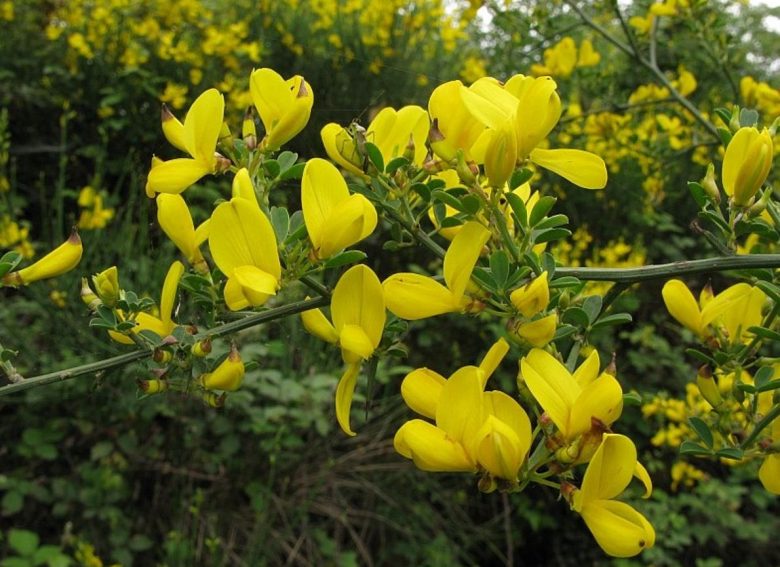
The type species is the Calicotome spinosa and it is to this that we will refer in the rest of the discussion. It is a small evergreen shrub, very thorny, with a variable height between 1.5 and 3 m. It has a thick and rounded crown. The branches are numerous, with longitudinal streaks, diverging on the sides and ending with strong acute white thorns at the apex. The bark of the adult branches is brown, greenish in the younger portions. The appearance is reminiscent of the most famous gorsehence the vulgar name of spiny broom
Leaves
The leaves of the sparzio have a scattered arrangement on the branches, a silvery-white color due to pubescence on the upper page, are trifoliate, and have an obcuneous shape. To resist the dryness, they can partially fall in summer, therefore the vegetative activity occurs almost exclusively in spring.
Flowers
The flowers of the sparzio have the typical papilionaceous appearance. They are hermaphrodites, usually isolated on the branches, with a 5-6 mm peduncle. The calyx is tubular, toothed, silky-white, with the upper half detaching from the lower one during the growth of the flower (for this reason, at flowering the glass is reduced to only the truncated tube). The corolla is yellow-gold in color, with connate stamens, sub sessile ovary, curved stylus, banner up to 8 mm long.
The pollination is entomophilous, ie operated by bumblebees and other pollinating insects, and takes place in the middle of spring, between April and May.
Fruits
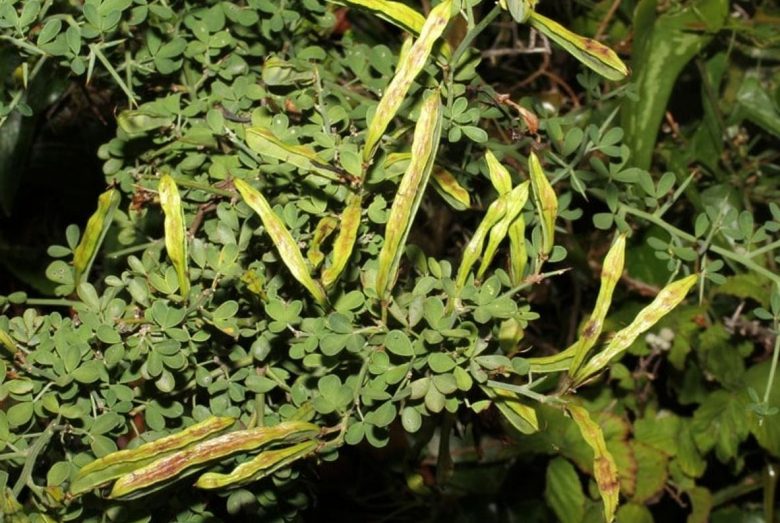
The fruit of the broom is a dehiscent, almost hairless legume, 2-3 cm long, 5-6 mm wide, inside which the seeds are contained. These are oval to almost rectangular in shape and olive-brown in color. The ripening of the seed takes place in the middle of summer.
Differences with thorny sparzio and hairy sparzio
As mentioned, a very similar species is the Calicotome hairy, that is the hairy sparzio. The main difference that distinguishes them is the presence in C. hairy of a dense and more pronounced hairiness on the young branches, on the upper surface of the leaves and on the legume itself. The flowers, in this species, are generally collected in clumps.
The two types of sparzio are easily confused not only for the appearance, but also for the habitat and territorial distribution, which overlap.
Habitat of the sparzio
The sparzio is a heliophilic and xerophilic shrub, that is to say, a lover of exposure in full light and that adapts well to even extreme drought conditions. It is common in coastal areas or in areas characterized by an arid climate, in deforested or degraded scrub, perhaps because it was previously crossed by fires.
It is able to form extensive, dense and impenetrable plant formations, alone or in association with other xerophilous species of the Mediterranean scrub, for example the privet and theolive.
It does not usually grow above 800 m asl
He prefers acid soils, impoverished and rocky. It resists frost, temperatures down to -5 ° C. In Italy it is present in all the Tyrrhenian regions, but also on the Ionian coast of Lucania, on the Gargano, in the major and minor islands.
The cultivation of sparzio
The sparzio is part of the spontaneous flora and its cultivation is not very practiced. However, in our opinion it can be interesting for some purposes. In the forestry sector, for example, it can be used in steep and degraded areas to protect the soil from erosion and favor the formation of humus in the soil. In this way, the soil is conserved and at the same time it is prepared for the establishment of more advanced plant associations.
In amateur gardening, cultivating sparzio is a valid option for creating dividing hedges, impenetrable and ornamental, in soils that are unfavorable to other species, for example because they are too arid. Recall that, like the others legumesthis is also one nitrogen fixing plant which enriches the soil.
In ancient times it was used for the construction of small handicrafts, in particular brooms.
Sowing
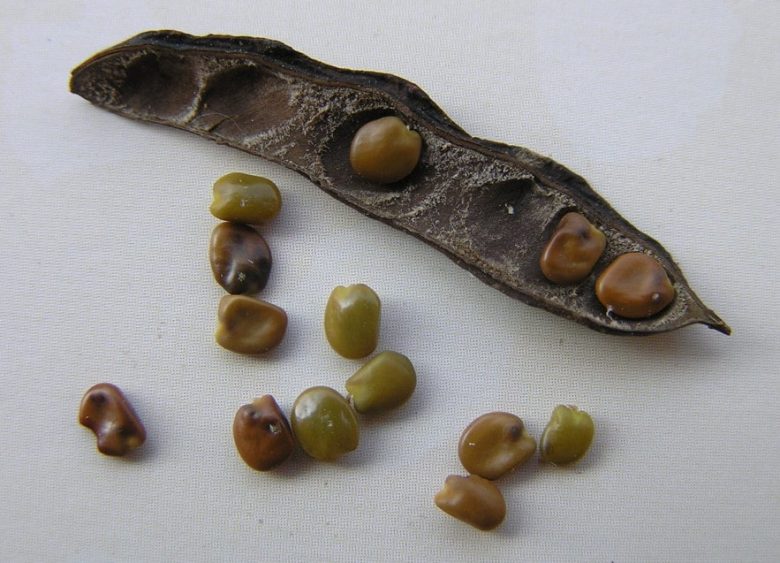
The propagation of sparzio can be easily carried out from the seed, which must be taken from legumes at the end of summer. Sowing should be done at the beginning of the following spring. To increase the percentage of germination, before sowing it is advisable to immerse the seeds in water at high temperatures, specifically at 40 ° C, for 15 minutes.
This plant that does not love root disorders too much, so it is recommended to sow it directly in jars of 12-14 cm in diameter. To do this, you can use a mix like thisconsisting of peat loam e perlite.
Growth of seedlings
Before the final planting, the sparzio seedlings must grow in pots until the following spring, therefore for a year. They should be protected in winter, avoiding direct frost. They must be treated with irrigation in the summer, as the young plant is forced into pots. In summer, even one net for light shading it doesn’t hurt.
Planting
After a year, the sparzio seedlings are ready for transplanting into the garden or for forming hedges. The exposure must be sunny, even if exposed to winds. The soil should have an acidic pH component. If your soil is alkaline, you can make amends for acid peat and sand. Absolutely, compact and asphyxiated soils must be avoided.
If you want to create a hedge in a short time, we recommend an intense planting layout, with 50 cm between one plant and another.
Cultural care
Once established, sparzio hardly needs any treatment. In fact, it does not require fertilization, irrigation or pruning. No harmful pests or diseases are reported either.

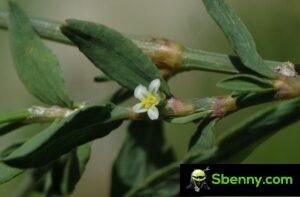
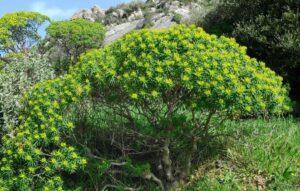
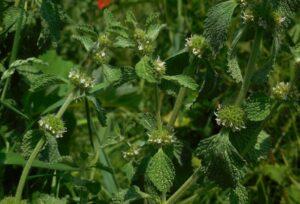
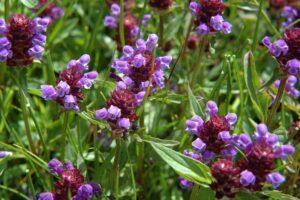
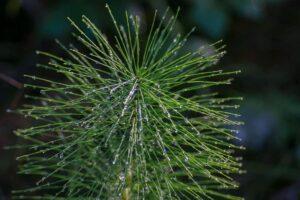
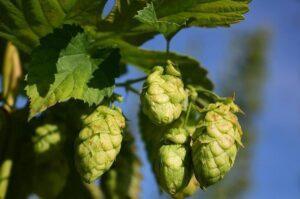
Start a new Thread